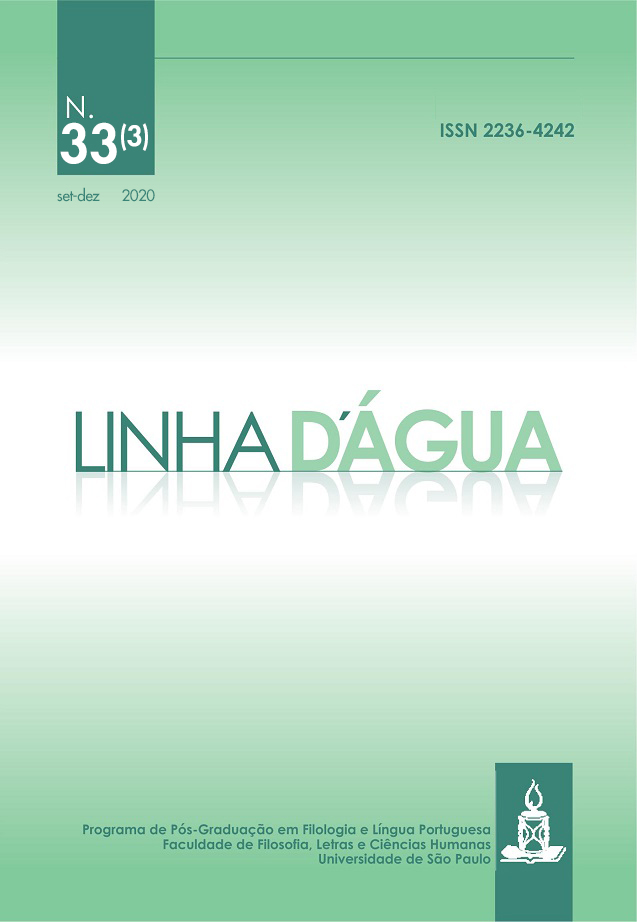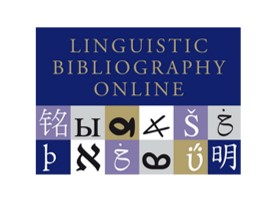The Presumed Recipient-Visitor in the Scientific Divulgation Exhibition of Catavento Cultural
DOI:
https://doi.org/10.11606/issn.2236-4242.v33i3p221-246Keywords:
Presumed Recipient, Bakhtin Circle, Scientific Dissemination, Catavento Cultural and Educacional, UtteranceAbstract
T
The dialogical theory developed in Bakhtin Circle’s works professes that a constitutive property of the utterance is their target to someone, which means the fact of being intended to their recipient, which considers presumably shared points of view, valuations, currents and theories. In that perspective, the course of the verbal discourse in function of an interlocutor/reader assumes a huge relevance in the process of its own construction. This conduction is reified in the stylistic, compositional and thematic choices and in the evaluative intonations of every statement. Thereby, considering the Bakhtin Circle’s reflections, this article aims to analyses the verbovisual utterances that composes the exhibitions of scientific dissemination propagated by Catavento Cultural e Educacional institution, located in São Paulo, aiming to emphasize to whom the utterances of the exhibitions are directed and how this targeting is reflected in the essential elements of the expositive utterances. The analysis undertaken revealed that the visitor-recipient is identified in a different way from the perception of his perceivable background of knowledge by the author and his relationship with the object.
Downloads
References
AMORIM. M. O pesquisador e seu outro: Bakhtin nas ciências humanas. São Paulo: Marsa Editora, 2001.
ASSOCIAÇÃO BRASILEIRA DE CENTROS E MUSEUS DE CIÊNCIA. Centros e museus
de ciência do Brasil. Rio de Janeiro: UFRJ.FCC. Casa da Ciência; Fiocruz. Museu da Vida, 2015.
BAKHTIN, M. Problemas da poética de Dostoiévski. Tradução de Paulo Bezerra. 4. ed. Rio de
Janeiro: Forense Universitária, 2008[1963].
BAKHTIN, M. Diálogo I. A questão do discurso dialógico. In: BAKHTIN, M. Os gêneros do
discurso. Tradução de Paulo Bezerra. São Paulo: Editora 34, 2016[1950], p. 113-124.
BAKHTIN, M. Diálogo II. In: BAKHTIN, M. Os gêneros do discurso. Tradução de Paulo Bezerra. São Paulo: Editora 34, 2016[1952], p. 125-150.
BAKHTIN, M. O Problema do texto na linguística, na filologia e outras ciências humanas. In:
BAKHTIN, M. Os gêneros do discurso. Tradução de Paulo Bezerra. São Paulo: Editora 34, 2016
-1961], p. 71-107.
CASTILHO, A. T. Nova gramática do português brasileiro. São Paulo: Contexto, 2010.
CHELINI, M. J. E.; LOPES, S. G. B. de C. Textos em museus de ciências: discurso científico,
didático ou de divulgação? In: BENCHETRIT, S. F.; BEZERRA, R. Z.; MAGALHÃES,
A. M. (Orgs). Museus e Comunicação: exposição como objeto de estudo. Rio de Janeiro: Museu
Histórico Nacional, 2010.
SOARES, M. Letramento: um tema em três gêneros. Belo horizonte: Autêntica, 1998.
STUDART, D. C.; ALMEIDA, A. M.; VALENTE, M. E. Pesquisa de público em museus:
desenvolvimento e perspectivas. In: GOUVÊA, G., MARANDINO, M., LEAL. M.C (Orgs.).
Educação e museu: a construção social do caráter educativo dos museus de ciência. Rio de Janeiro:Access, 2003, p. 129-157.
VOLOCHÍNOV, V. Marxismo e filosofia da linguagem: problemas fundamentais do método
sociológico na ciência da linguagem. Tradução de Sheila Viera de Camargo Grillo e Ekaterina
Vólkova Américo. São Paulo: Editora 34, 2017[1929].
VOLÓCHINOV, V. A palavra na vida e a palavra na poesia para uma poética sociológica. In:
A palavra na vida e a palavra na poesia: ensaios, artigos, resenhas e poemas. Tradução de Sheila
Grillo e Ekaterina Vólkova Américo. São Paulo: Editora 34, 2019[1926], p. 109-146.
VOLÓCHINOV, V. A construção do enunciado e outros ensaios. Tradução de Sheila Grillo e Ekaterina Vólkova Américo. São Paulo: Editora 34, 2019[1930], p. 255-305.
Downloads
Published
Issue
Section
License
Copyright (c) 2020 Arlete Machado Fernandes Higashi

This work is licensed under a Creative Commons Attribution-NonCommercial 4.0 International License.
The Editorial Board authorizes free access to and distribution of published contentes, provided that the source is cited, that is, granding credit to the authors and Linha D'Água and preserving the full text. The author is allowed to place the final version (postprint / editor’s PDF) in an institutional/thematic repositor or personal page (site, blog), immediately after publication, provided that it is available for open access and comes without any embargo period. Full reference should be made to the first publication in Linha D'Água. Access to the paper should at least be aligned with the access the journal offers.
As a legal entity, the University of São Paulo at Ribeirão Preto School of Philosophy, Sciences and Languages owns and holds the copyright deriving from the publication. To use the papers, Paidéia adopts the Creative Commons Licence, CC BY-NC non-commercial attribution. This licence permits access, download, print, share, reuse and distribution of papers, provided that this is for non-commercial use and that the source is cited, giving due authorship credit to Linha D'Água. In these cases, neither authors nor editors need any permission.
Partial reproduction of other publications
Citations of more than 500 words, reproductions of one or more figures, tables or other illustrions should be accompanied by written permission from the copyright owner of the original work with a view to reproduction in Linha D'Água. This permission has to be addressed to the author of the submitted manuscript. Secondarily obtained rights will not be transferred under any circumstance.










